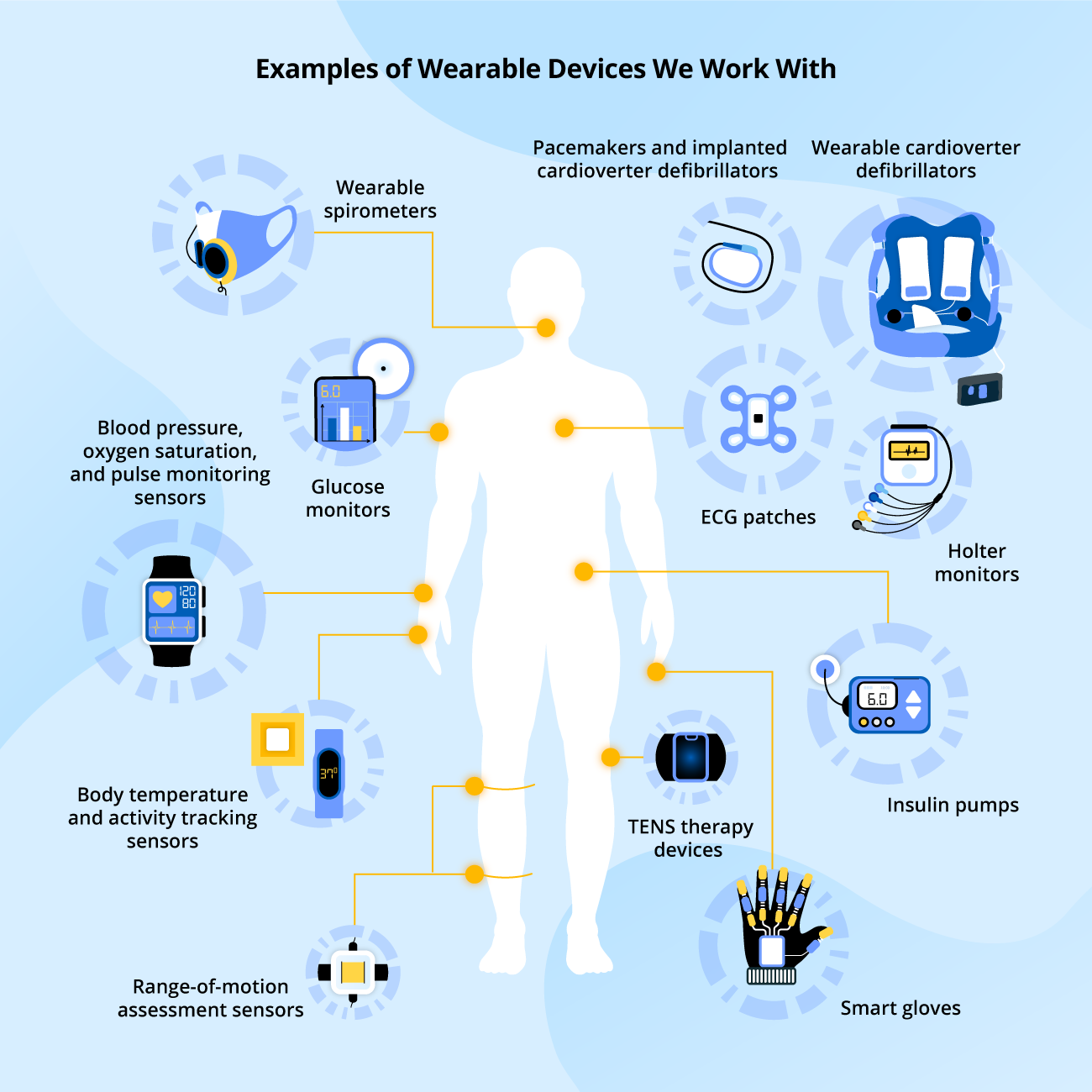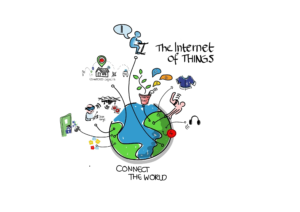Wearable Technology in Healthcare How It’s Saving Lives
Wearable technology in healthcare is rapidly transforming how we approach patient care. Imagine a world where chronic conditions are managed proactively, and patients have real-time access to vital health data. This revolutionary technology is not a futuristic dream; it’s already making a tangible impact on the lives of millions. This article explores the transformative power of wearable technology in healthcare, delving into how it’s saving lives today. We will explore the diverse applications of these devices, from remote patient monitoring to advanced diagnostics, and discuss the significant improvements they bring to both patient well-being and healthcare efficiency. The structure will be as follows: first we’ll define wearable technology in healthcare, then we’ll explore its real-world applications, followed by a look at the benefits and limitations. Finally, we’ll assess the future trends of wearable technology.
1. Defining Wearable Technology in Healthcare
1.1 What are Wearable Medical Devices?
Wearable health devices are electronic devices that are worn on the body to track and measure various health metrics. These devices range from simple fitness trackers that monitor steps and heart rate to sophisticated smartwatches that can measure blood oxygen levels and electrocardiograms. The technology is rapidly advancing, and new innovations are emerging constantly.
1.2 Key Features and Functionality
These devices are equipped with sensors, microprocessors, and communication capabilities to collect data on a variety of physiological parameters. They can track vital signs like heart rate, blood pressure, and body temperature; they can monitor physical activity levels, sleep patterns, and even detect specific health anomalies. These features are crucial for proactive healthcare.
1.3 The Growing Importance of Proactive Health Monitoring
Proactive health monitoring is becoming increasingly essential in today’s healthcare landscape. Traditional methods of care often focus on reactive interventions, responding to health issues after they arise. However, wearables provide a path to proactive care, allowing for early detection of potential problems and timely interventions.
2. Real-World Applications of Wearable Technology
2.1 Remote Patient Monitoring
Wearable technology is particularly effective in remote patient monitoring, enabling healthcare providers to track patient conditions remotely. For example, patients with chronic conditions like diabetes or heart disease can use wearables to monitor their blood glucose levels, heart rate, and activity. Data collected can then be securely transmitted to doctors, allowing for timely interventions and preventing potentially dangerous events.
2.2 Advanced Diagnostics
Certain wearables can perform basic diagnostics. Some smartwatches can detect irregular heart rhythms, and some devices can even provide preliminary insights into blood pressure or oxygen saturation. This can lead to early identification of potential problems and prompt medical attention, particularly important in situations involving critical illnesses.
3. Benefits and Impact on Patients
3.1 Improved Patient Outcomes
Studies have shown that remote patient monitoring can lead to significant improvements in patient outcomes. Early detection of health issues allows for prompt interventions, reducing the risk of complications and hospitalizations. This timely intervention significantly reduces the length of hospital stays and, more importantly, the risk of severe complications.
4. Challenges and Limitations
4.1 Data Security and Privacy
Data security and privacy are paramount considerations in wearable technology. The devices collect sensitive health information, and robust security protocols are required to protect patient data from unauthorized access or breaches. The need for robust security systems is paramount.
4.2 Interoperability Issues
Another challenge is the interoperability between different wearable devices and healthcare systems. Different devices may use different data formats, making it difficult to seamlessly integrate data from various sources into the patient’s medical record. Standardization is crucial for ease of integration.
Related Post : How Biotech Is Pushing the Boundaries of Medicine and Healthcare
5. Future Trends and Innovations
5.1 Integration with AI and Machine Learning
Integrating artificial intelligence (AI) and machine learning (ML) with wearable technology can further enhance its capabilities. AI algorithms can analyze the data collected by wearables to identify patterns and predict potential health risks, enabling proactive interventions. This integration is transforming the role of medical professionals.
In conclusion, wearable technology is revolutionizing healthcare, improving patient outcomes, and boosting efficiency for providers. From remote patient monitoring to advanced diagnostics, wearables are paving the way for a new era of personalized and proactive healthcare. Embrace this technology to unlock its potential for better, more accessible healthcare solutions. Consider partnering with a reputable technology provider to integrate wearables into your practice and stay ahead of the curve. This will allow for proactive monitoring and care, reducing risks and improving overall health.
Share this content:














Post Comment